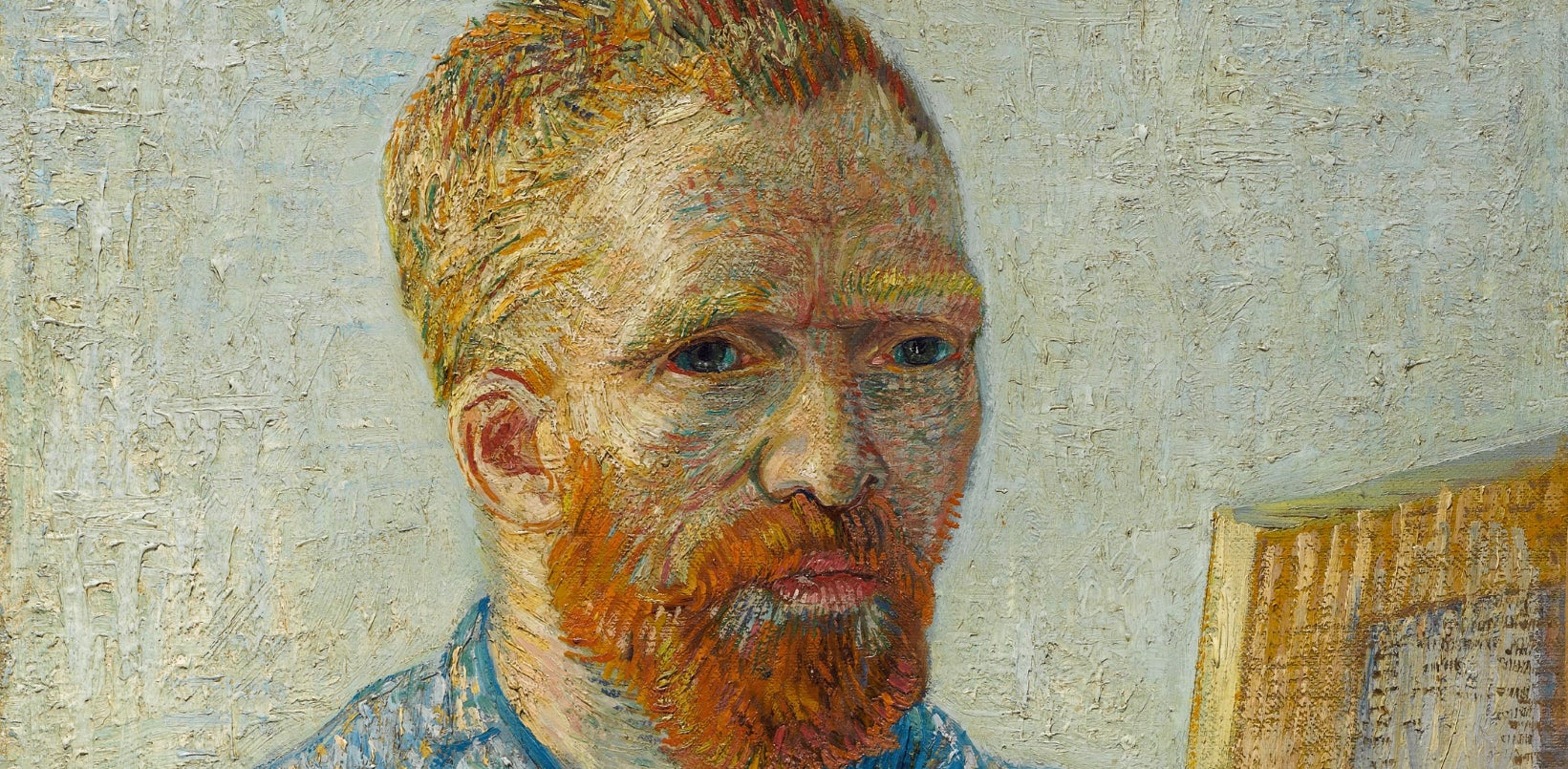The secret to becoming a successful artist now
Vincent van Gogh moved to Paris in 1886 to learn his craft and become a successful artist. He sold only a couple of paintings to a few art dealers. None of the major galleries would exhibit his work. He felt himself a failure, committing suicide at the age of 37 in the south of France in 1890. ”I can’t change the fact that my paintings don’t sell,” van Gogh once said. “But the time will come when people will recognize that they are worth more than the value of the paints used in the picture.”


Vincent van Gogh moved to Paris in 1886 to learn his craft and become a successful artist. He sold only a couple of paintings to a few art dealers. None of the major galleries would exhibit his work. He felt himself a failure, committing suicide at the age of 37 in the south of France in 1890. ”I can’t change the fact that my paintings don’t sell,” van Gogh once said. “But the time will come when people will recognize that they are worth more than the value of the paints used in the picture.”
In an all-too-rare case, this turned out to be true. If he was born in this era, a new study suggests that van Gogh would have needed to live in New York or London and shown his work in one of a relatively small network of 400 elite institutions and galleries like the Gagosian if he was trying to be an art superstar.
“Prestigious institutions have access to well-regarded artists, and influential artists in turn tend to seek out prestigious institutions,” wrote the authors of the study quantifying reputation and success in the art world published in Science. The team includes Albert-László Barabási, a data scientist at Northeastern University who specializes in mapping networks.
To understand how the gatekeepers of the art world influence financial success and prestige, the study analyzed 127,208 auctions, 497,796 exhibitions in 16,002 galleries, and 289,677 exhibitions in 7,568 museums in 143 countries from the years 1980 to 2016. With that data, they were able to plot the trajectory of almost half a million artists.
Their map hows that an artist’s success depends on showing early in their career in one of those elite institutions, with particular emphasis on the hubs of the Museum of Modern Art and the Guggenheim in New York. ”The network core was a dense community of major European and North American institutions, underlying their access to a common pool of artistic talents,” the authors wrote. In fact, the link weight between MoMA and the Guggenheim was 33 times higher than expected if artists randomly moved between institutions.
“There’s this invisible network of trust that exists in the art world, but the group that decides who matters in art was considerably smaller and more powerful than we expected,” Barabási concluded to the Wall Street Journal (paywall). “If one of your first five shows as an artist is held at a gallery in the heart of this network, the chances of your ending your career on the fringes is 0.2%. The network itself will protect you because people talk to each other and trade each other’s shows.”
Being born in the US helped—more than a quarter of artists exhibited in those hubs were near enough to them to make the contacts necessary. “Multiple dense regional communities of institutions in Europe, Asia, South America, and Australia were relatively isolated from the core, indicating that members of these communities share artists mainly among themselves,” the study noted.
The authors suggest that if the art world feels the barriers to entry are too high it can look to lotteries and blind-selection procedures to offer underrepresented artists access to the most prestigious venues.